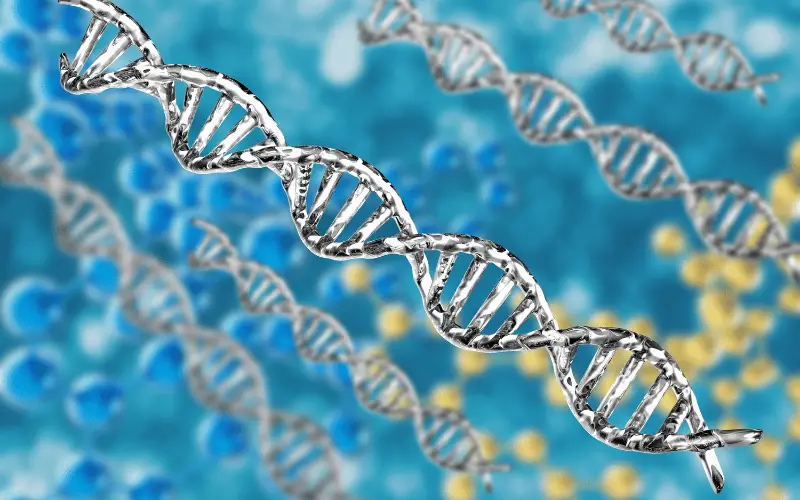Introduction: Unveiling the Mysteries of Chediak-Higashi Syndrome
Chediak-Higashi Syndrome (CHS) is an exceptional genetic disorder, presenting a constellation of symptoms that significantly impact multiple body systems. This condition, though rare, sheds light on the intricate workings of our genetic makeup and its profound impact on human health. Delving into the realm of CHS not only enhances our understanding of this specific syndrome but also broadens our knowledge of genetics and immunology.

At the core of CHS lies a mutation in the LYST gene, responsible for crucial cellular processes. This autosomal recessive trait necessitates the inheritance of the mutated gene from both parents for the syndrome to manifest. Unlike dominant genetic disorders where a single copy of the mutated gene can cause the condition, CHS requires a dual genetic contribution, making its occurrence rarer but more complex in its inheritance pattern.
Living with CHS is a journey that encompasses both medical challenges and lifestyle adaptations. Patients and their families often navigate a complex healthcare landscape, involving regular medical appointments, vigilant infection control, and coping with the psychological impact of the disease. Understanding the daily realities of CHS is crucial for providing comprehensive care and support to those affected.
Despite its rarity, CHS has been a subject of significant medical research. This research not only aims at finding better treatment options but also at unraveling the underlying mechanisms of this and related genetic disorders. Advances in genetic therapy and immunology hold promise for future breakthroughs in CHS management, potentially offering more effective and targeted treatments.
1. Genetic Foundation of CHS: Understanding the LYST Gene Mutation

The LYST gene plays a pivotal role in the development of Chediak-Higashi Syndrome. This gene’s primary function involves regulating lysosomal trafficking, crucial for proper cellular function. A mutation in this gene disrupts these processes, leading to the diverse symptoms of CHS.
CHS follows an autosomal recessive inheritance pattern. This means both parents must carry and pass on the mutated gene for a child to be affected. Carriers of the mutation typically do not show symptoms, making genetic counseling essential for at-risk families.
The mutation in the LYST gene has far-reaching consequences. It affects cellular operations, leading to systemic symptoms. These include immune system deficiencies and pigmentation changes, integral to the CHS diagnosis.
Genetic testing is vital for diagnosing CHS. It confirms the presence of the LYST gene mutation. Early diagnosis is crucial for managing the condition and improving patients’ quality of life. (1)